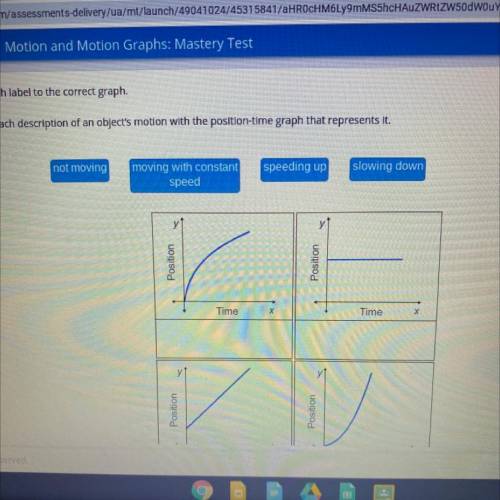

Answers: 1
Other questions on the subject: Biology

Biology, 21.06.2019 18:30, risolatziyovudd
Which would be an adaptation in a rainforest, but not in a tundra? a. ability to store water for a long time b. fur that blends in with snow c. strong claws for killing prey d. a beak that can dig into thick trees
Answers: 2

Biology, 21.06.2019 19:50, karinapenn8259
Which statements correspond to cellular respiration? co2 diffuses passively into the cell. co2 diffuses passively out of the cell. co2 must be pumped out of the cell. o2 diffuses passively when produced inside the cell. o2 diffuses passively when converted to co2. o2 is pumped in and forces co2 out.
Answers: 3

Biology, 22.06.2019 04:00, zegangke1651
Will mark brainliest i only need the ! 1.use ten beads and a centromere of one color to construct the long chromosome. use ten beads and a centromere of a second color to construct the second chromosome in the long pair. make a drawing of the chromosomes in the space below. 2. for the second pair of chromosomes, use only five beads. 3. now model the replication of the chromosomes. make a drawing of your model in the space below. part b: meiosis i during meiosis i, the cell divides into two diploid daughter cells. 4. pair up the chromosomes to form tetrads. use the longer tetrad to model crossing-over. make a drawing of the tetrads in the space below. 5. line up the tetrads across the center of your “cell.” then model what happens to the chromosomes during anaphase i. 6. divide the cell into two daughter cells. use the space below to make a drawing of the result. part c: meiosis ii during meiosis ii, the daughter cells divide again. 7. line up the chromosomes at the center of the first cell, one above the other. separate the chromatids in each chromosome and move them to opposite sides of the cell. 8. repeat step 7 for the second cell. 9. divide each cell into two daughter cells. use the space below to make a drawing of the four haploid cells
Answers: 1

Biology, 22.06.2019 07:50, Amholloway13
Pentane with molecular formula c5h12, exists in three isomeric forms. one shows linear carbon chains, another has one -ch3 groups present on the third carbon atom, and the third has two -ch3 groups present on the second carbon atom. what types of isomers are these? a. geometric isomers b. structural isomers c. halotropic isomers
Answers: 3
Do you know the correct answer?
Drag each label to the correct graph.
Match each description of an object's motion with the positio...
Questions in other subjects:


Arts, 23.01.2021 03:00

Mathematics, 23.01.2021 03:00

Mathematics, 23.01.2021 03:00

Mathematics, 23.01.2021 03:00

Mathematics, 23.01.2021 03:00

Mathematics, 23.01.2021 03:00



Mathematics, 23.01.2021 03:00







